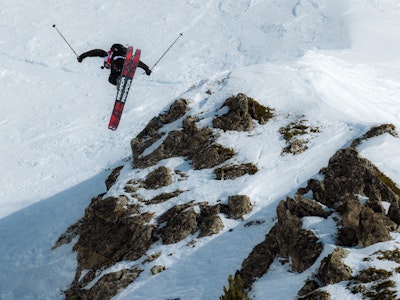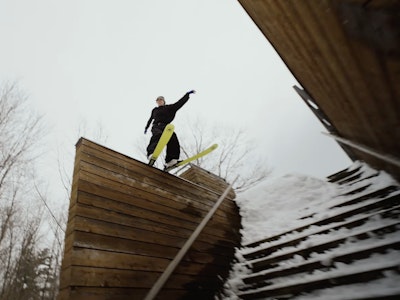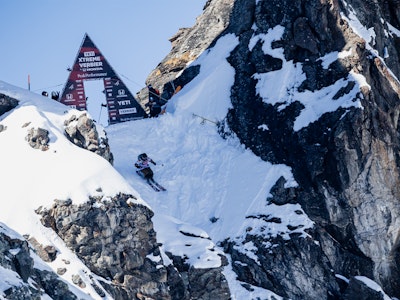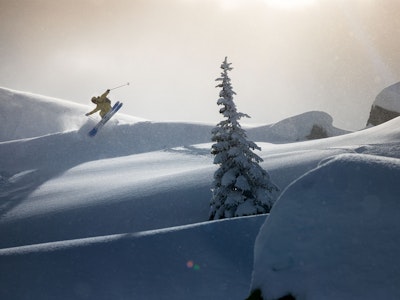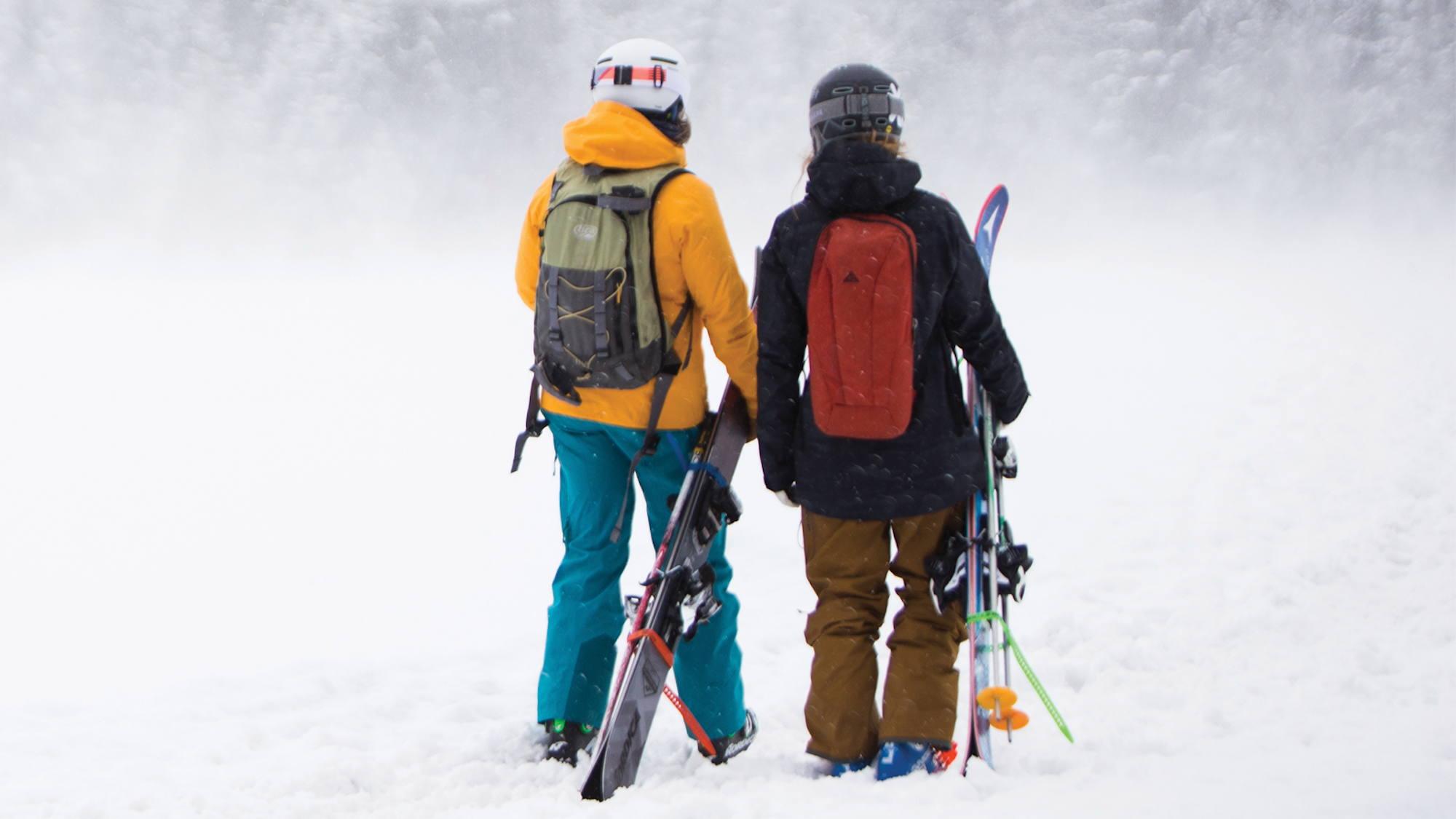Julia LoVecchio brings a whole new perspective to heli-skiing at CMH
WORDS • ERIN SPONG | PHOTOS • Courtesy of CMH
As we drove up to the heli-pad in Parson, British Columbia, it was hard to decipher who was more excited. Me, the heli-skiing novice who had only read of such experiences in ski magazines, or Julia ‘Jooles’ LoVecchio. As the Director of Marketing for CMH Heli-Skiing & Summer Adventures, LoVecchio lives to share this experience with every skier she meets. Trading double-wide smiles, we climbed aboard the red and white Bell 212 helicopter. Jooles gave me the window seat. Between the rhythmic thunder of the chopper’s rotors and the bird’s eye view of the Purcell Mountains, I was transfixed. My attention peeled from the revolving scenery only when LoVecchio let out an enthusiastic cheer loud enough to carry over the intense rumble. She was pointing her iPhone not at the view, but at me, capturing the magic of my first heli-flight. A moment, she would later explain to me over spicy margaritas at the Bobbie Burns Lodge, every skier should have the chance to experience. The wonder of heli-skiing led her to embark on one of the most unique programs the ski tourism industry has ever seen. For the first time since the high-alpine sport was invented in 1965, skiers are now able to experience heli-skiing in all of its adrenaline-inducing glory at ski areas across North America.
LoVecchio learned how to ski on her grandparent’s driveway in Quebec when she was three but her adoration for snow-sliding blossomed when she was six and her ski-obsessed father moved her family to Calgary, Alberta, to be closer to the mountains. By the time she was eight, she was racking up ski days on her own season pass at nearby Lake Louise—one of North America’s largest ski resorts and the launching pad for what would be her life-long, multi-faceted love affair with the ski industry.
“I don’t know whether I wanted to have a career in the ski industry or if the ski industry kind of picked me,” said LoVecchio, laughing, as we sat on the floor of my spacious corner room in the Burns.
After graduating from Lakehead University in Thunder Bay, Ontario, LoVecchio made her way back to Lake Louise, where she landed a position studying wind energy within Banff National Park. She then shifted her career path to marketing, utilizing her charismatic knack for communicating with and understanding people, working with Ambler, a hat company based out of Canmore, then the Calgary-based digital agency, Critical Mass. After six years of splitting her time between the city and her beloved Banff, LoVecchio longed to be back in the Canadian Rockies full time, so she broke off on her own as an independent marketing consultant with Mt. Norquay as one of her first clients. Given free rein to run with the resort’s communications, LoVecchio reestablished Norquay’s presence as not only a viable skiing destination, but a community gathering place. The Montreal-born skier’s understanding of, and devotion to, Banff and the town’s lifestyle was palpable in her work, establishing her as a key communicator for one of Canada’s original ski towns and catching the attention of many local businesses, including the world’s first heli-skiing operation: CMH.
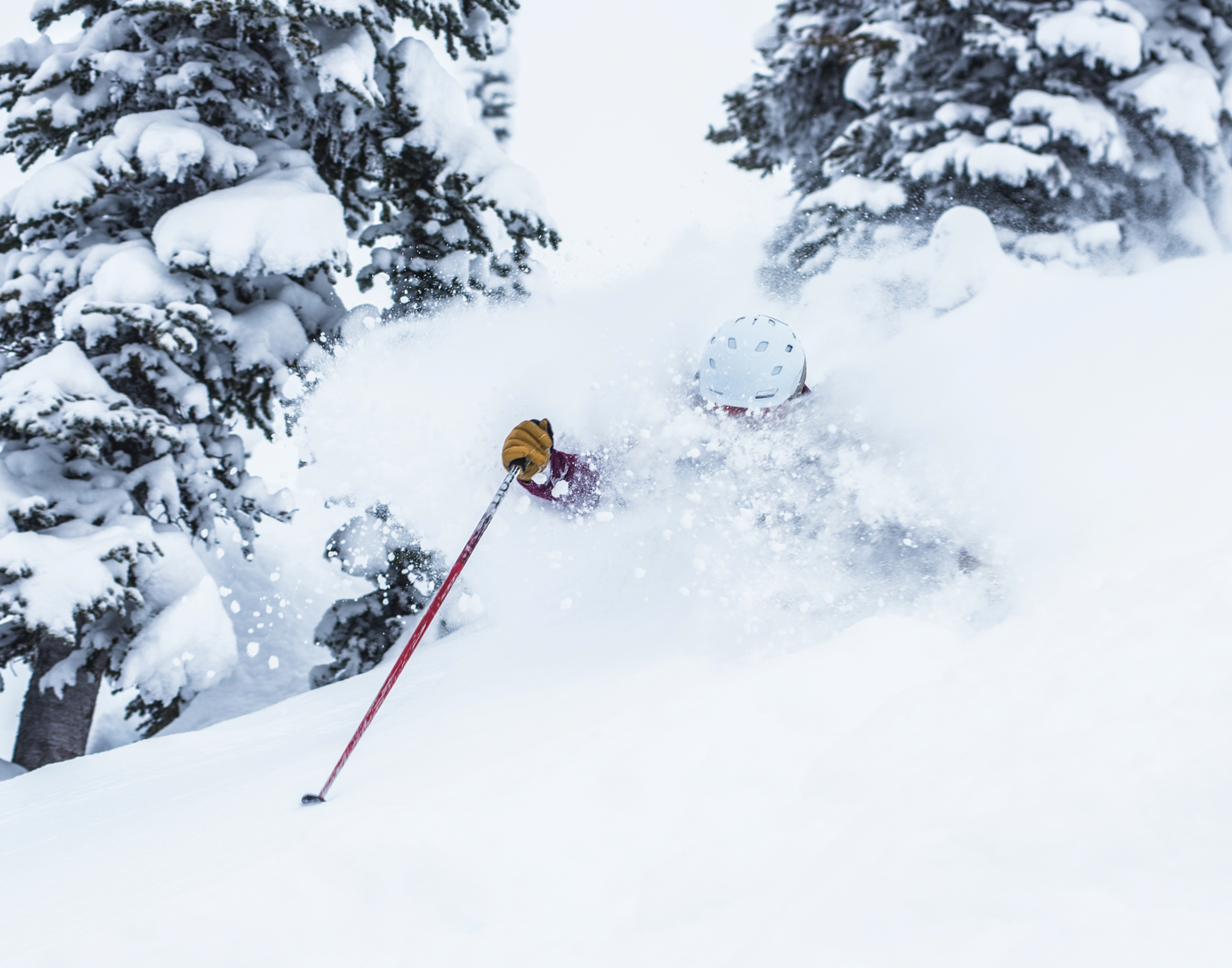
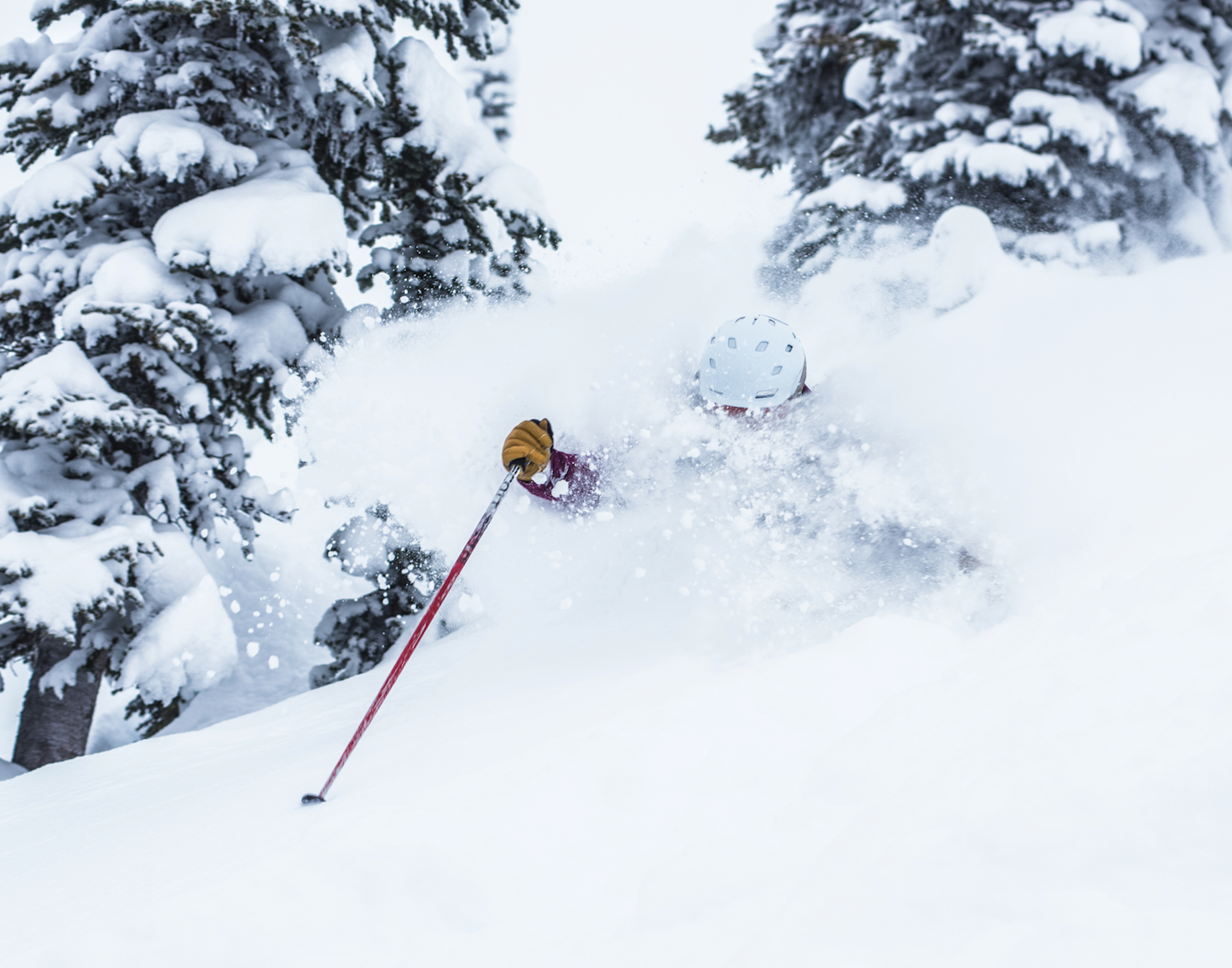
LoVecchio enters the depths of the Great White North.
Johann Wolfgang ‘Hans’ Gmoser is credited as the pioneer of heli-skiing, founding Canadian Mountain Holidays, as it was known then, in 1965. Inspired by the vast and untouched wild terrain available to climb and ski in British Columbia, the Austrian-born mountaineer developed an entirely new way to explore and guide in the Great White North. Nearly 60 years later, CMH is still a top-dog in the heli-ski industry, outfitted with 12 luxury backcountry lodges across a 3-million-acre tenure, creating life-changing mountain experiences for every guest who steps out of its Bell 212 and 407 helicopters.
In 2015, the skier-turned-marketer’s career came full circle when she found herself settling into a corner office at CMH’s Banff headquarters. “Most days I can’t believe that I get to get up and walk into the world-famous CMH,” said LoVecchio, the joy tangible in her voice.
Growing up in the Alberta ski community with an avid heli-skier dad, Jooles had dreamt about CMH since she was a little girl. Year after year, the young skier watched her father excitedly pack his bags for a week of high-alpine powder skiing with his friends and return with an unshakable euphoria. And year after year–to no fruition–she begged her dad to let her tag along. His response was always the same, “Get a job, work super hard and then maybe you can afford to go heli-skiing.”
Better yet, she found a job that required her to go heli-skiing.
Fresh to the CMH marketing team, LoVecchio focused on making the unique experience of heli-skiing accessible to the masses. Having been in the digital marketing space for over a decade and keeping close tabs on the emergence of new technologies, she brought the idea of virtual reality (VR) to the CMH executive table. VR uses computer technology to create a simulated environment in which the user is immersed in a life-like, three-dimensional world. At that point, VR was predominantly used for video games, but when other brands started to adapt the technology to their marketing efforts, LoVecchio had an epiphany.
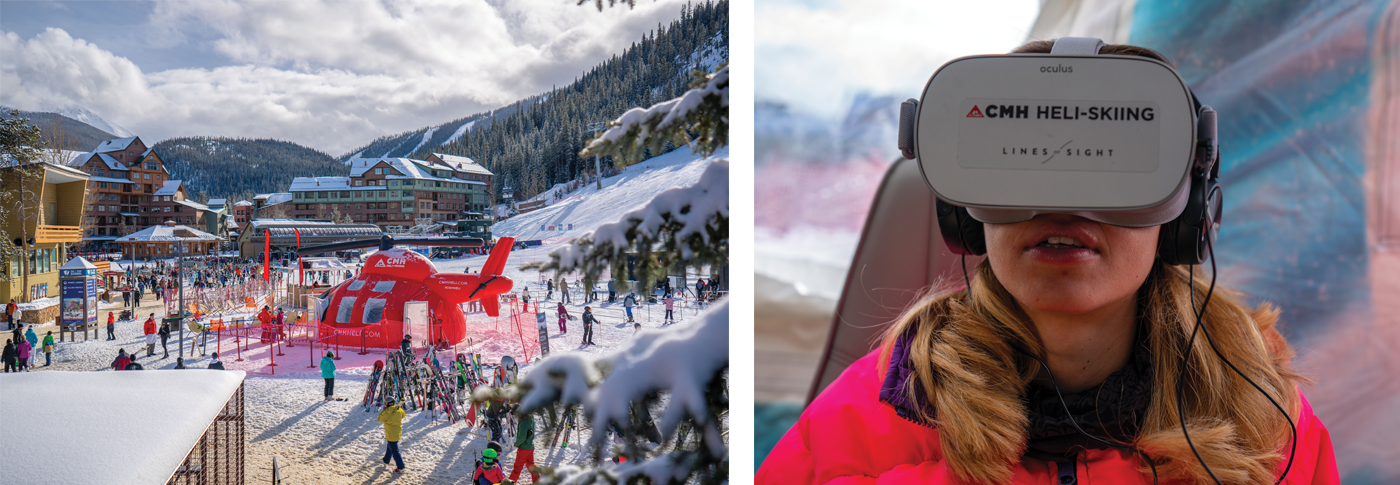
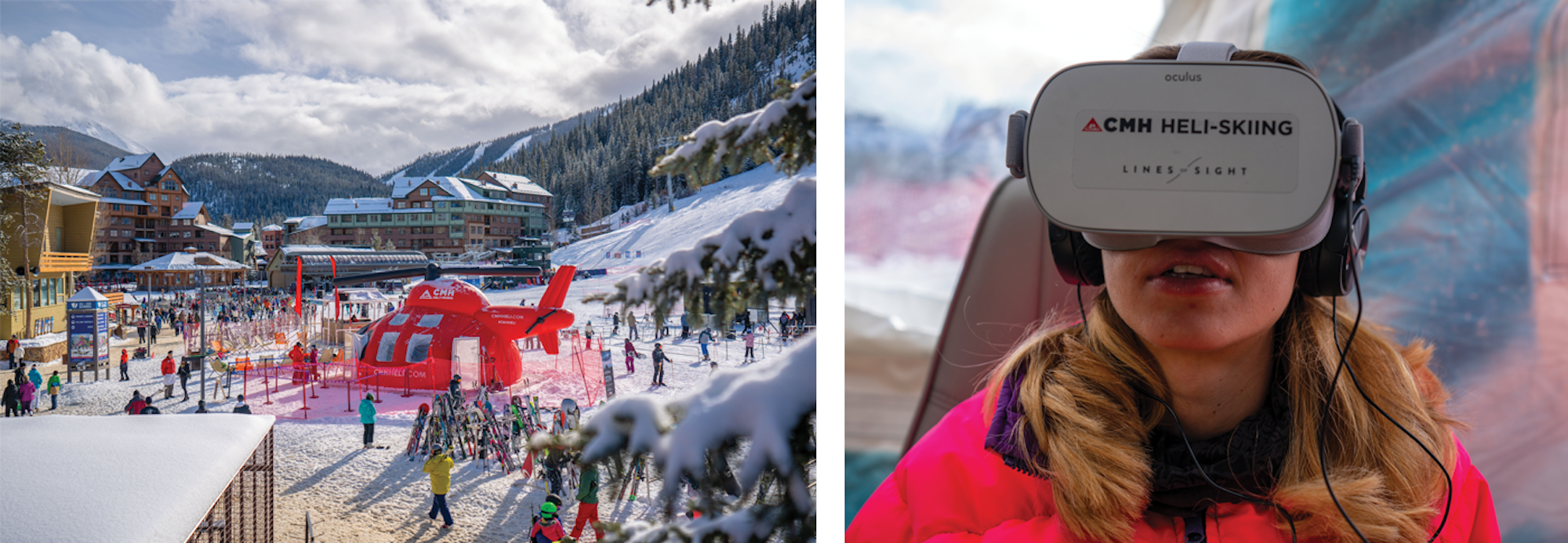
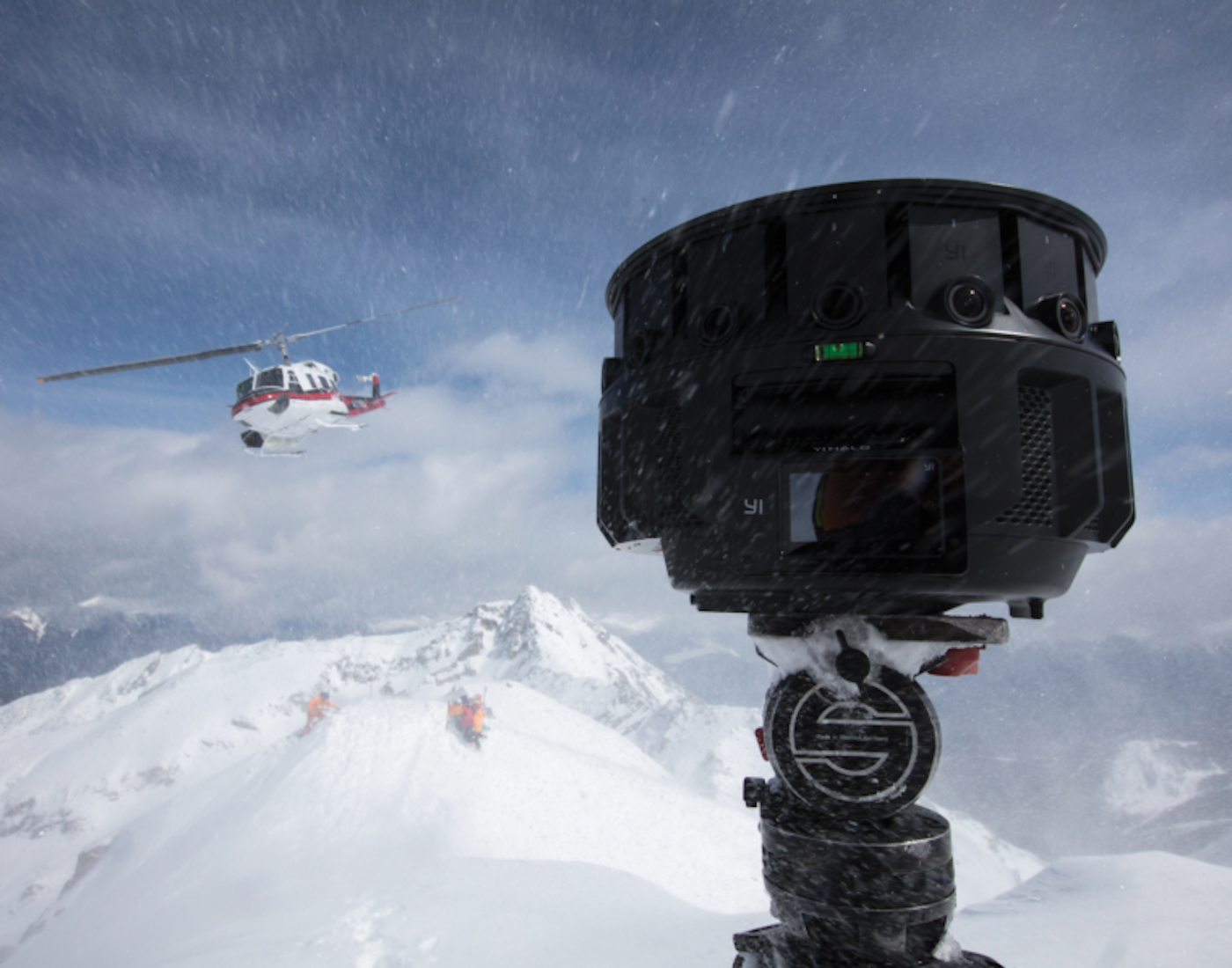
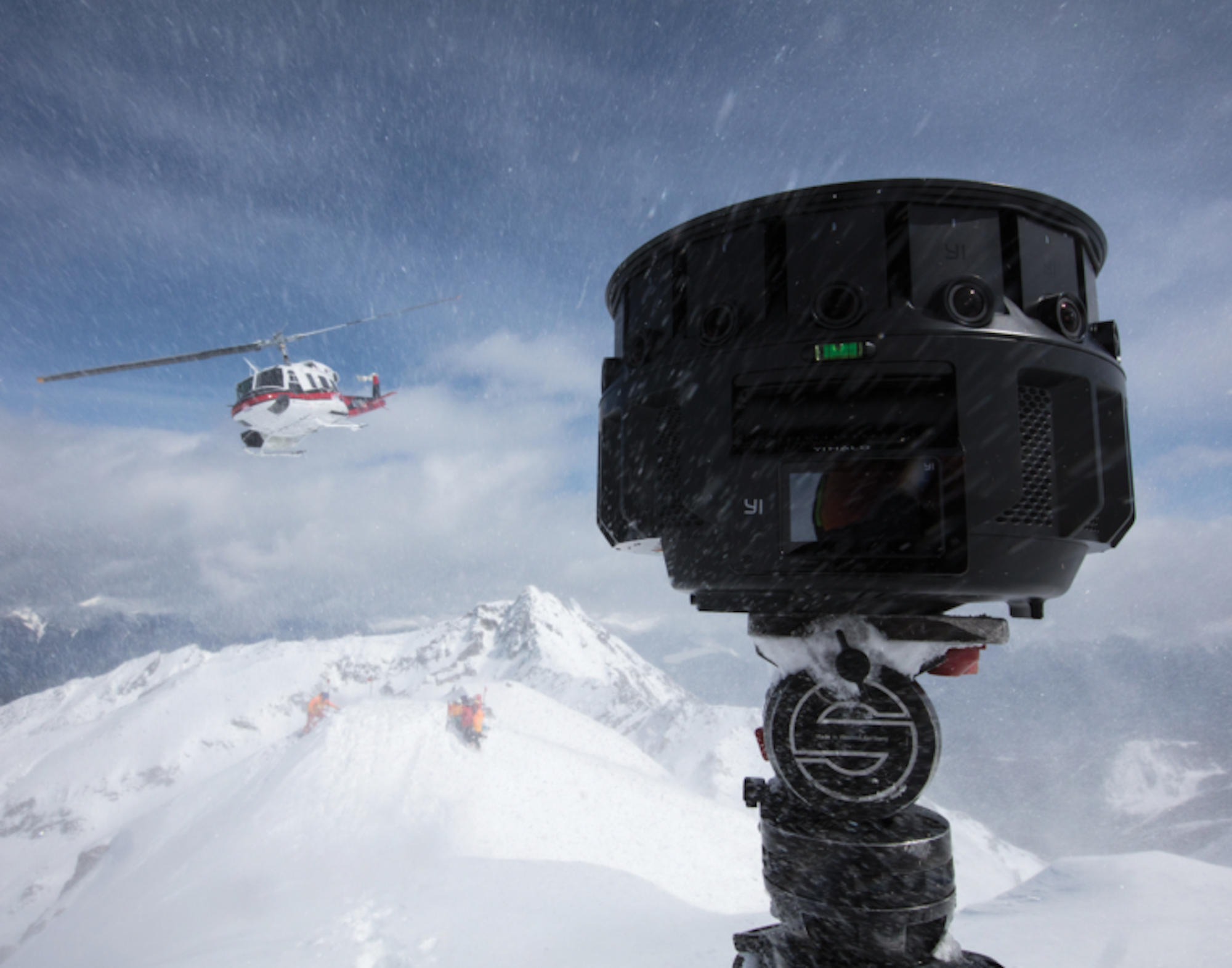
“We talk about this whole experience economy in the tourism industry. That’s what the tourism industry is really about. It’s about being out there, touching and feeling and smelling and tasting and seeing,” said LoVecchio. “[Heli-skiing] is still a very difficult experience to describe with two-dimensional photos and movies. [VR] is a medium that can take a person to a place… not only are you immersed in a mountain environment, you also can see what it’s like to be in the helicopter.”
With the green light to develop a virtual reality campaign, LoVecchio looked to the expertise of Sherpas Cinema, gurus of action-sports storytelling. Having experience developing VR and roots in the Banff ski community, there wasn’t a better partner for the project. Bonus: Sherpas brought Google VR to the table for post-production purposes. Together, CMH, Sherpas Cinema and Google VR created Lines of Sight, a five-minute, 360-degree-view film that captured the magnificence of heli-skiing, from boarding the helicopter at the lodge to hearing the rumble of the rotors to stepping out of the steel bird surrounded by jagged, white peaks and laying fresh tracks on virgin powder. To avoid making people dizzy, Sherpas suggested making the VR camera–16 GoPros attached in a complete circle–a separate character versus the user’s point of view. To do this, the team long-lined the VR camera to a helicopter and the pilot flew over the skiers to capture every angle of the experience.
“All of the skiers and riders are actually skiing around the camera, looking at the camera, playing with the camera, but you, when you have the goggles on, you are not the camera,” LoVecchio explained. “You’re just doing the same thing. You’re looking around but you’re not actually skiing. It’s not you with poles because it limits what you are able to experience in virtual reality.”
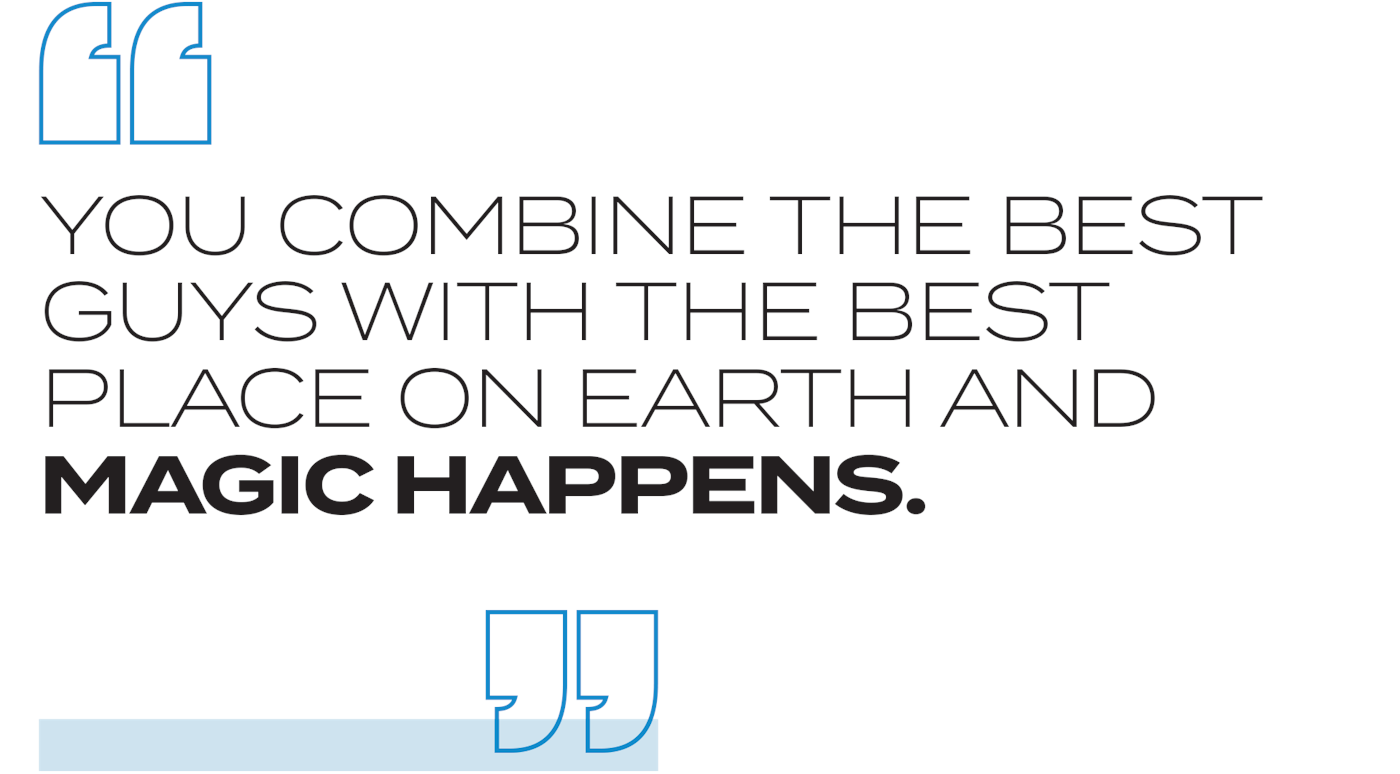
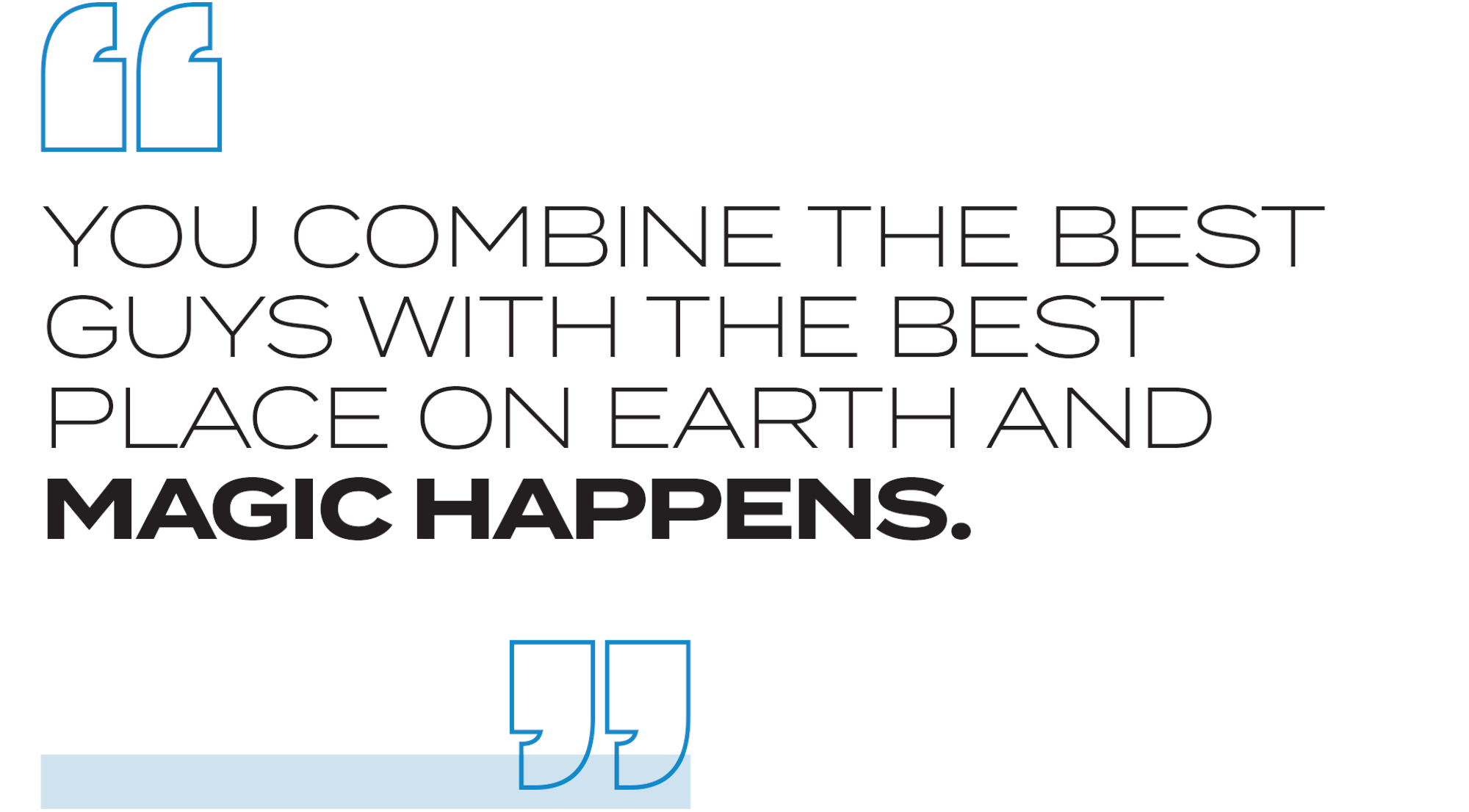
While it’s hard to put heli-skiing into words, VR allows the adventure to speak for itself and the technology’s accessibility means the idea of heli-skiing can at least be understood by all. Now, skiers would have the opportunity to sample CMH’s offerings. And like all good appetizers, it leaves you salivating for the whole damn meal.
With access to all of the resorts under the Alterra Mountain Company umbrella, CMH’s reach could now extend far beyond its three million acres. LoVecchio took Lines of Sight on tour, packing the VR goggles in her suitcase and hitting the road. From Mammoth Mountain in California, Tremblant in Quebec, Ontario’s Blue Mountain to Winter Park in Colorado and Stratton in Vermont, skiers across North America were able to experience the magic of heli-skiing without ever leaving their local resort. Camped out at the base of Ikon Pass ski areas, skiers could climb aboard a 20-foot-by-15-foot inflatable helicopter modeled after CMH’s Bell 212 for the virtual ride of a lifetime.
“People take the goggles off and their brains are exploding,” said LoVecchio. “I think that is a testament not only to Sherpas Cinema and Google VR, but a testament to the environment we luckily have to work with. We have the best terrain in the best place to ski on the planet, which is the interior B.C. You combine the best guys with the best place on Earth and magic happens.”
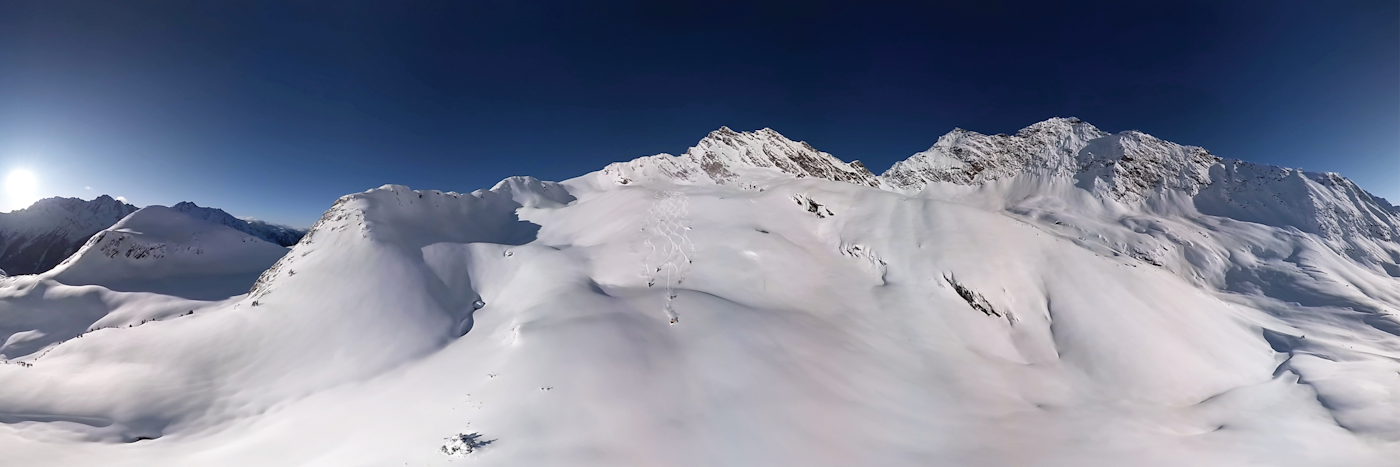
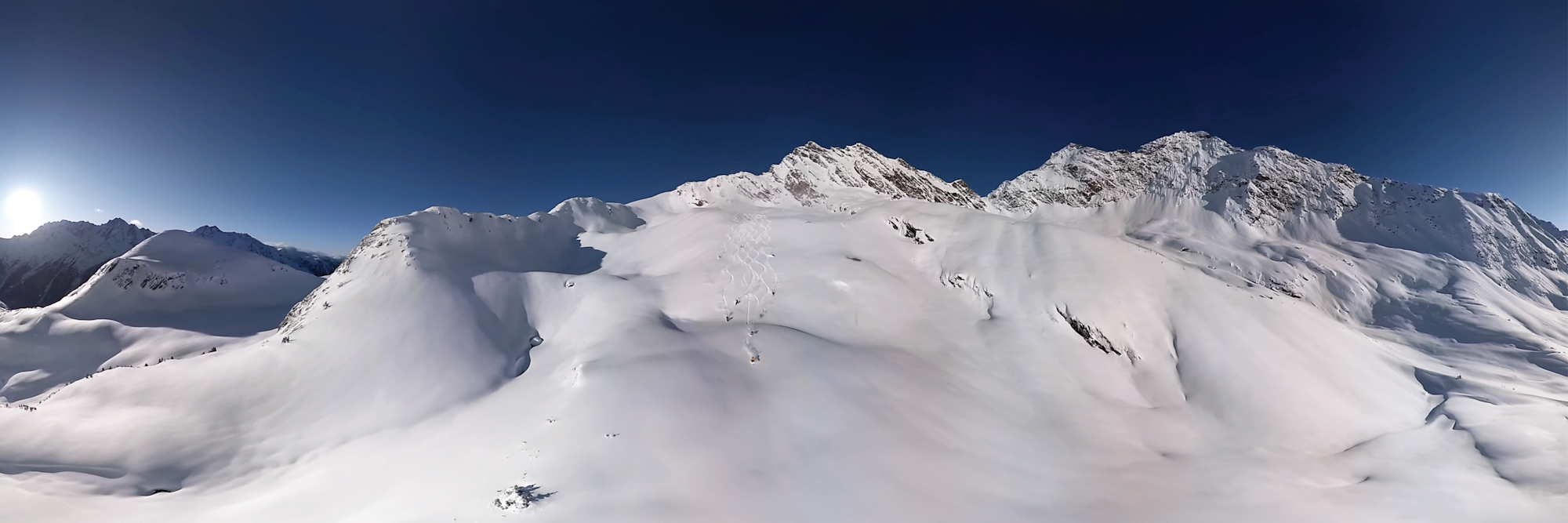
CMH operates 12 lodges within a three-million-acre tenure in British Columbia.
Within 15 minutes of departing the heli-pad in Parson, we touched ground at the base of the Bobbie Burns Lodge. Not a service road in sight, it was hard to fathom how quickly we arrived in the middle of nowhere, surrounded by the towering Purcell Mountains. As we walked into the lodge, crossing paths with the previous week’s departing guests, the invigoration emanating from their goggle-tanned faces was impossible to miss. Within an hour’s time, I was climbing back into the Bell 212 with LoVecchio and the rest of our heli group, skis in tow. Not even 10 minutes later I stepped out into the nerve-center of the Canadian backcountry, surrounded by mountains so massive my heart stopped and my eyes swelled. My gracious host stood next to me as I collected my overflowing emotions and without saying a word, led me down the untouched face.
At the helm of CMH’s marketing team, LoVecchio has represented the heli-operation for half a decade, witnessing, first-hand, the truly life-changing adventure that is heli-skiing and the connections it builds between guests, staff and guides, alike. By passing on that life-altering experience to the entire ski community through the creative use of modern technology, she’s hoping to inspire a new generation of heli-skiers to make the voyage to British Columbia and revel in it firsthand.
This story originally appeared in FREESKIER 22.4, The Destination Issue.

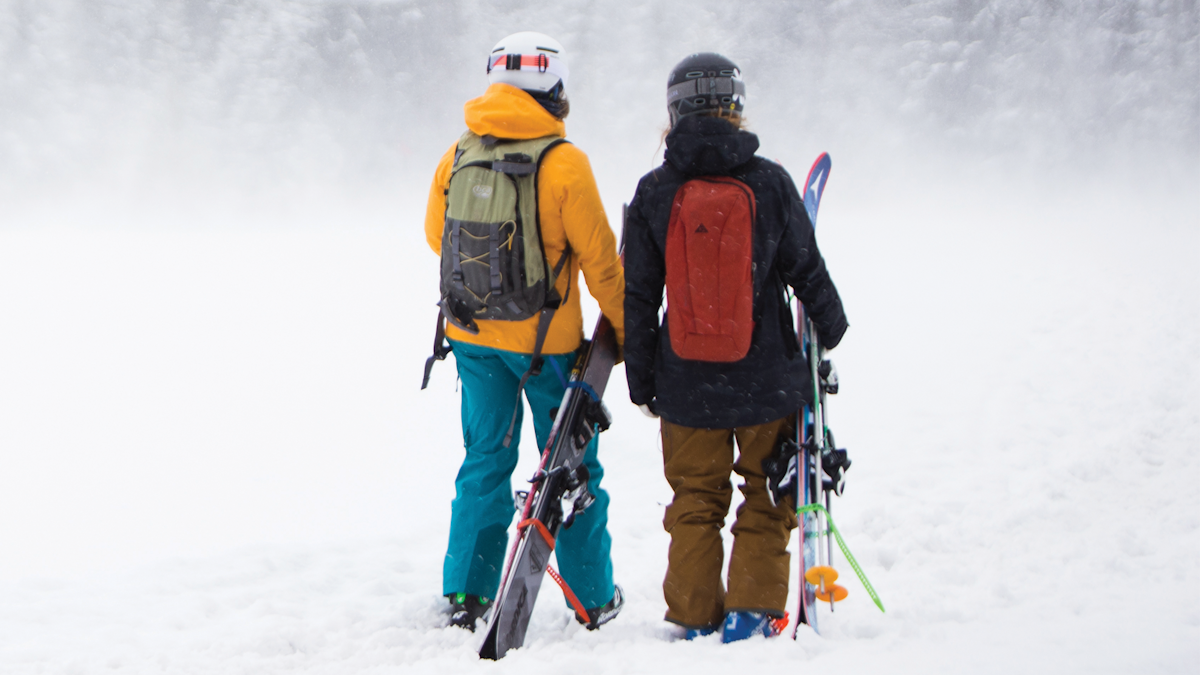

![[GIVEAWAY] Win a 4-Night Karma Campervan Rental and go Ski the Powder Highway](https://www.datocms-assets.com/163516/1767816935-copy-of-dji_0608-1.jpg?w=200&h=200&fit=crop)
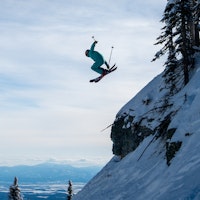

![[GIVEAWAY] Win a Legendary Ski Trip with Icelantic's Road to the Rocks](https://www.datocms-assets.com/163516/1765233064-r2r26_freeskier_leaderboard1.jpg?auto=format&w=400&h=300&fit=crop&crop=faces,entropy)
